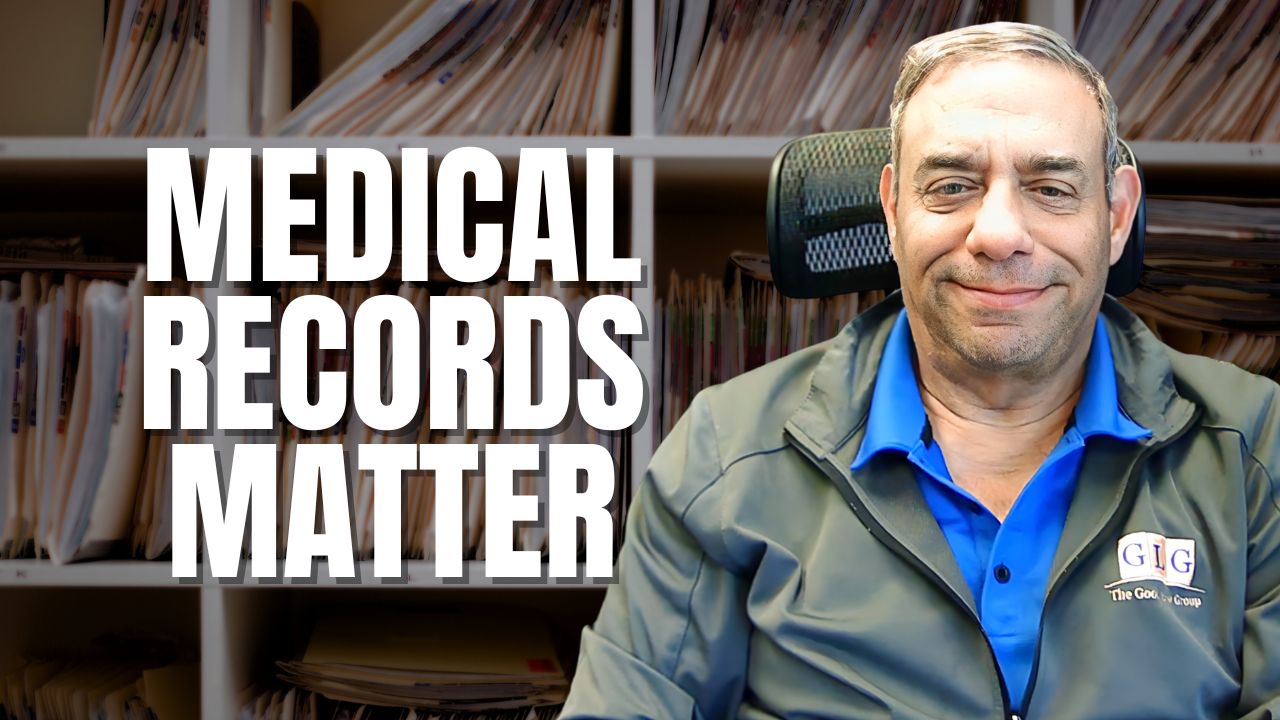If you’re currently receiving long term disability (LTD) benefits due to a disability or medical condition, you likely have questions about whether you can also receive Social Security Disability Insurance (SSDI). In fact, you’ve likely been told that continued eligibility for long-term disability benefits is contingent upon your applying for SSDI.
Although the purpose of long-term disability and SSDI benefits are the same – to provide a source of income when you are unable to work due to a disability or medical conditions – long term disability and SSDI benefits are separate programs with different eligibility criteria.
Understanding the differences between the two, as well as the effect receipt of SSDI has on your long-term disability benefits, can help you better navigate the SSDI application process.
Long Term Disability v. Social Security Disability Insurance
Long term disability is a private insurance benefit available through either an employer-provided or individually purchased plan. Payments under the policy begin when your disability or medical condition makes you unable to work.
Long term disability benefits are paid after short-term disability payments end, typically three to six months after you became disabled. Long term disability benefit amounts can range from 50-75% of pre-disability income. The stare date for long term disability benefits, as well as the amount paid, is plan dependent; therefore, it’s important to review your plan documents to fully understand your rights under the long-term disability policy.
Social Security Disability Insurance, on the other hand, is a federally administered, public benefits program. Eligibility criteria for SSDI benefits are much stricter than for private, long term disability insurance plans. To be eligible for SSD benefits, you must meet the following criteria:
- Worked in a covered job;
- Earned enough work credits to qualify;
- Have a medical condition that meets the SSA’s definition of disability, and;
- The disability must be expected to either result in your death or last a year or more
Because the eligibility criteria for SSDI are stricter than those for long term disability, it is possible to qualify for long term disability yet still be denied SSDI benefits.
Applying for Social Security Disability Insurance
Long term disability plans generally require beneficiaries to apply for social security disability insurance benefits; the plan documents will specify a time frame in which you are expected to apply. Failure to apply as directed by the LTD plan can result in termination of benefits. (Note, however, that you will not be penalized if your application is ultimately not approved.)
While some of the documentation you may have been required to submit for long term disability benefits may be similar, the application process for SSDI benefits is entirely separate. You can apply for SSDI benefits online or at your local Social Security Administration office (COVID-19 closures make online your only option right now).
As part of your SSD application, you must submit documentation that supports your disability and its impact on your ability to work. This may include official diagnoses, doctor or therapist notes, treatment plans and medication lists (including those you have tried but stopped due to their being ineffective), and results from diagnostic imaging, such as X-Rays, MRIs, or CT scans.
Your long-term disability insurance provider may assign a disability representative to help you apply for SSDI benefits. Keep in mind that while this representative is assisting you through the application process, they are in fact working for the insurance company and their goal is to get as much money as possible for the insurance company. This means that the advice or decisions they make regarding your case may not always be in your best interest.
A social security disability attorney can help you navigate the SSD application process and ensure that the decisions made are in YOUR best interest.
SSDI Benefits Will Reduce Long Term Disability Benefits
If you meet the eligibility criteria for both SSDI and long-term disability you can, in theory, receive benefits under both programs. However, the amount you receive under your long-term disability plan will change depending on the amount of your monthly SSD benefit.
Private disability insurance plans contain an offset provision. This provision lets them reduce your monthly long-term disability benefits, dollar for dollar, by the amount of your SSD benefits. In effect, they will count your monthly SSD benefit against your long-term disability and only pay you the difference between the two.
For example, assume you are awarded $1,200 in SSD benefits, and your long-term disability benefit is $1,150. Your long-term disability benefit will be reduced, dollar for dollar, by the amount of your SSD benefit. That means you will receive $1,200 in SSD benefits and $0 in long-term disability benefits because the SSD benefit amount exceeds the long-term disability payment.
If, however, your long-term disability benefit is $1,400, the dollar for dollar offset of your $1,200 monthly SSD benefit would leave a $200 difference. Your long-term disability benefit would then be $200. So, you will never receive LESS THAN the highest award amount, although whether it’s covered entirely by your SSD benefits or a combination of your SSD and long-term disability benefit depends on the amount of each award.
In addition to the offset, you may be required to reimburse the insurance company for any long-term disability benefits you received while waiting for your SSDI application to be approved. This can happen if the SSA awards you retroactive benefits, which sometimes happens if it takes a long time for your application to be approved (such as your case went through the appeals process). Payback provisions vary among policies, so it’s important to review your plan documents to determine whether you’ll be required to reimburse the insurance company if you are awarded retroactive SSDI benefits.
For assistance and legal representation with your social security disability application, contact the experts at The Good Law Group!








